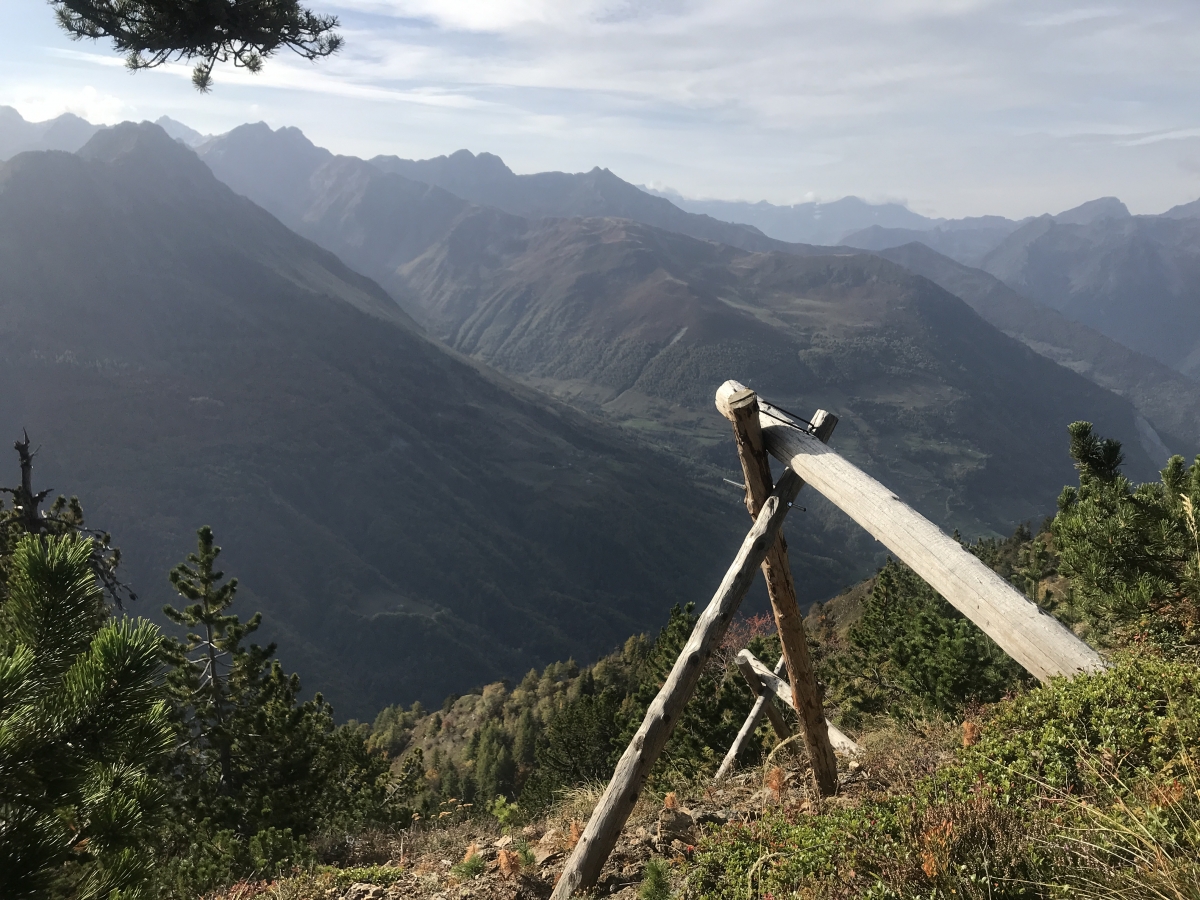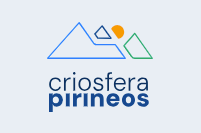About the visit to the Pyrenees demonstration sites
The H2020 PHUSICOS project is designing and implementing nature-based solutions (NBS) for disaster risk reduction at four demonstration sites in the French and Spanish Pyrenees.
During the week of 10-14 October 2022, the Pyrenean Climate Change Observatory (OPCC) of the Pyrenean Working Community (CTP) organised a visit to each of these sites with the project leader, the Norwegian Geotechnical Institute (NGI). Anders Solheim and Hervé Vicari represented NGI. In addition to CTP and NGI, the visit involved several participants from various organisations: Laurent Lespine from the RTM service of the Hautes-Pyrénées and Pyrénées-Atlantiques (ONF), Santiago Fábregas from the Pirineos-Pyrénées EGTC, Carles Raïmat from Geo-Hazard Advisor as well as authorities and technicians from the municipalities of Laruns, Barèges, Sers and Vall de Boí.
This was the first visit to the four sites by NGI since June 2019, due to the pandemic. The purpose of the visit was to inspect the implementation of SfNs at each of the four sites. The SfNs implemented aim to reduce the risks generated by snow avalanches, rock falls and debris flows.
First day of visit: Capet site
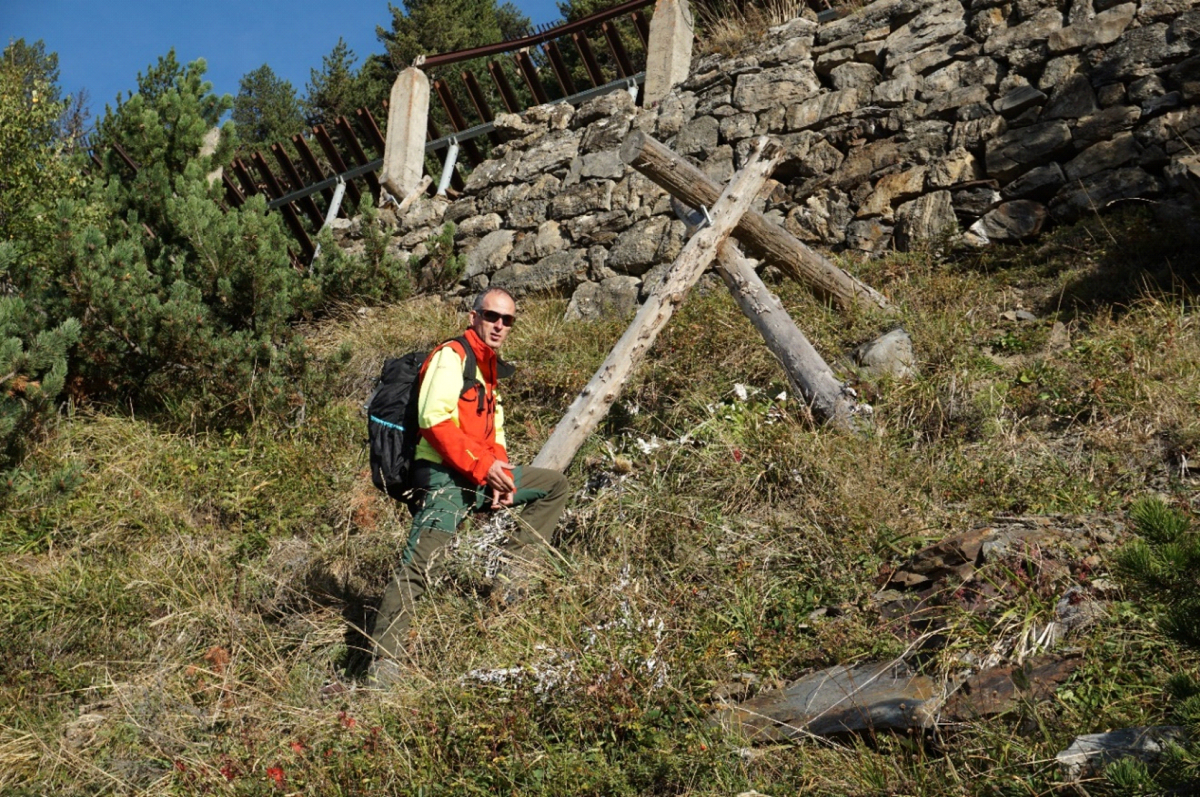
Figure 1. Laurent Lespine of the RTM department (ONF) near a tripod for protecting tree seedlings. Anders Solheim, October 2022.
Second day of visit: Artouste and Santa Elena sites
Rockfalls are a major hazard at two particular locations along the A-136 / RD-934 cross-border road between France and Spain. In Santa Elena (Biescas municipality, Aragón, Spain), rocks are released by the erosion of a slope in a thick deposit of glacial till. The nature-based solution implemented consists of building terraces with wooden structures, filled with local soil and sediments and finally vegetated (shrubs and trees). These terraces are built on a 5-metre high masonry wall made of dry stone. Each terrace is about 2 metres high and 1 to 2 metres deep. The height of the slope is about 30 metres and the width at its base is 32 metres, reducing to 20 metres at the upper terrace.

Figure 2. Morenic slope at Santa Elena. Work in progress on the 7th wooden terrace of the 11 planned with the dry stone retaining wall at its base. Anders Solheim, October 2022.
The second site on this road is the Artouste site (commune of Laruns, Pyrénées-Atlantiques, France), which is particularly exposed to the risk of boulder falls. Rocks fall from the slope and from various outcrop areas upstream and continue to fall down the steep slopes along the road. The solutions for this area consist of active solutions to support or fix possible unstable blocks and passive solutions, mainly wooden barriers capable of retaining blocks that could break loose.
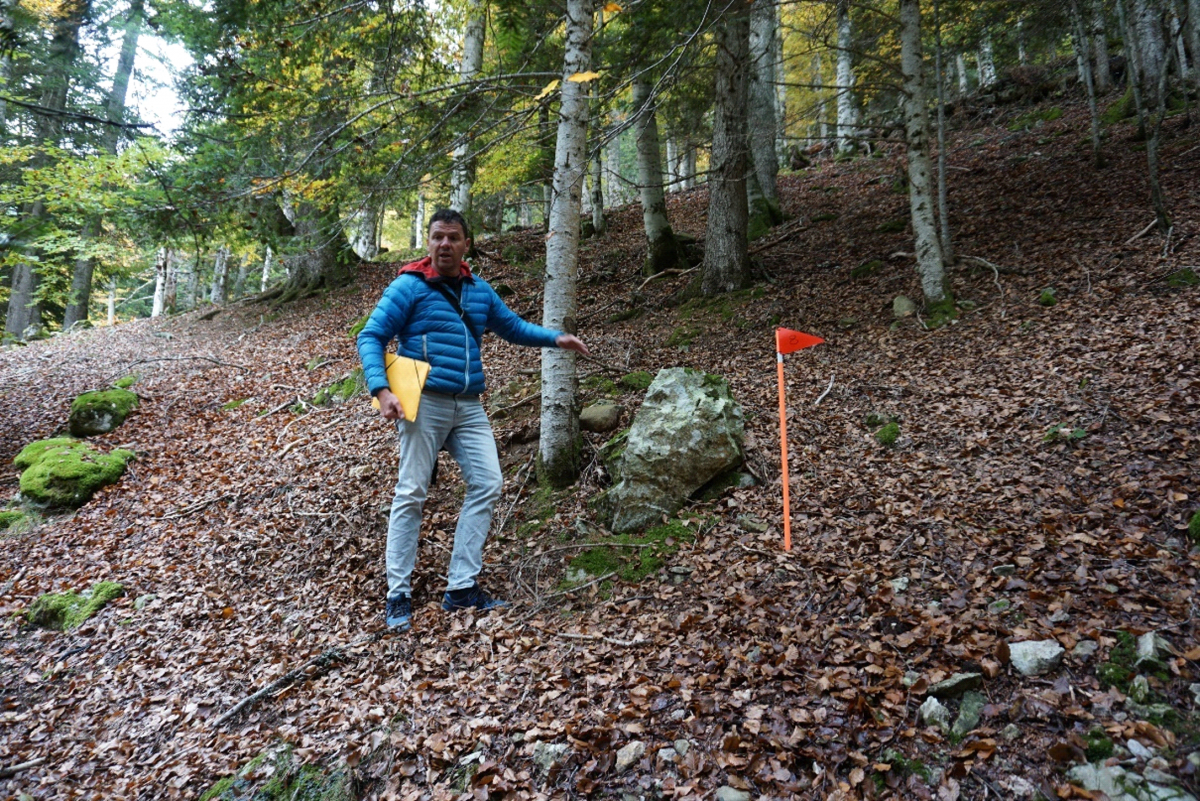
Figure 3 Santiago Fábregas (Pirineos - Pyrenees EGTC) shows a detached boulder, marked with a flag that indicates the type of protection structure to be put in place. Anders Solheim, October 2022.
Last day of visit :
Finally, the fourth site is near the village of Erill-la-Vall (Vall de Boí, Catalonia, Spain) threatened by debris flows from a till deposit over 50 metres thick. Several gullies feed the main debris flow path to the village during extreme rainfall events. The solution is a series of terraces, constructed from local rock and log gabions, in the lower parts of the gullies. These terraces will prevent the deepening of the erosion base and increase the roughness in the debris flows. The site has been equipped and monitored over the past 15 years. The borehole data show two processes: a deep failure level (15-20 metres deep), which responds up to two weeks after a period of heavy rainfall, and shallow erosion, which responds almost immediately, in direct response to heavy rainfall. The SfNs implemented are mainly aimed at mitigating the latter process.
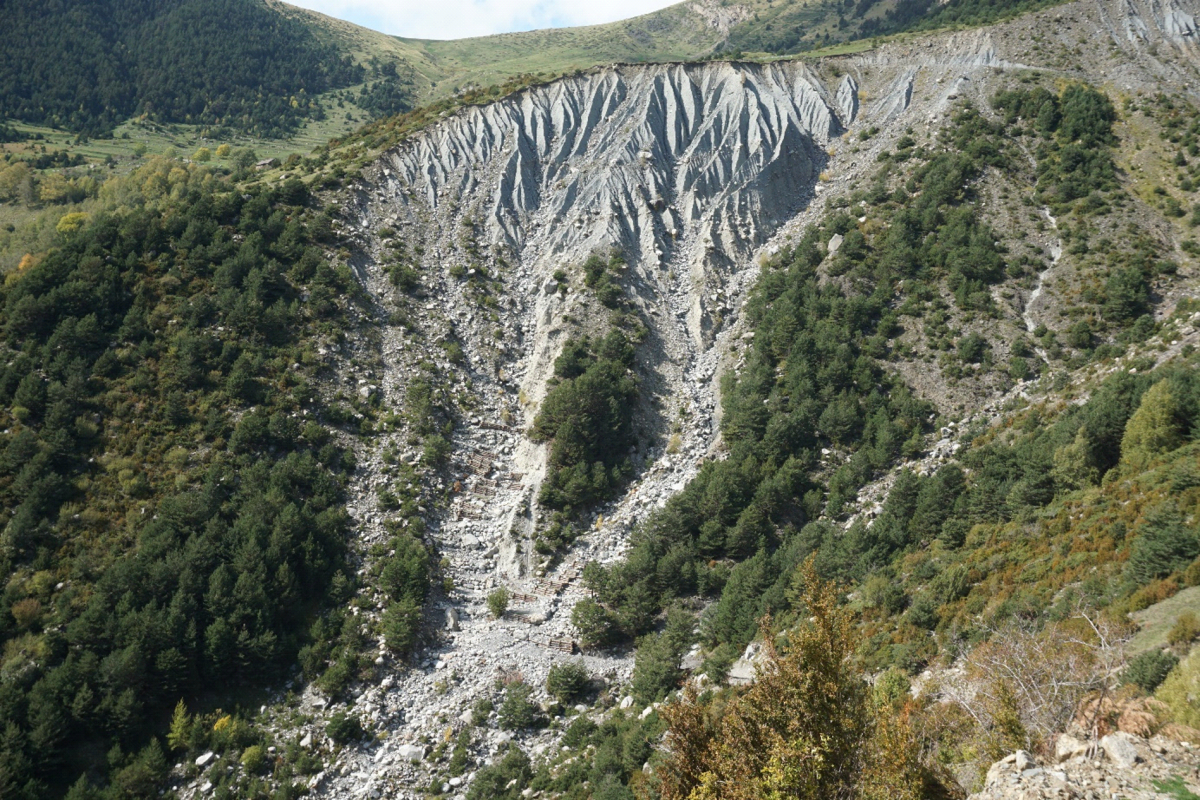
Figure 4. Overall view of the site. The structures put in place by the PHUSICOS project are visible in the lower parts of the two main ravines. The forest on both sides is natural. Anders Solheim, October 2022.
Conclusions:
In conclusion, this visit allowed us to see the progress in the implementation of nature-based solutions for each of the four sites to deal with the natural risks present. The solutions, inspired by nature, sometimes mix grey infrastructure, thus constituting mixed solutions where local natural and socio-economic resources are enhanced. Most of these solutions are not new: the construction of terraces and reforestation have proved their effectiveness in other places in the Pyrenees and are being revitalised thanks to the PHUSICOS project, by making them known to the general public, promoting their replication and, above all, by involving the territory's stakeholders throughout their implementation.
Follow this link to learn more about the PHUSICOS project.
Follow this link to learn more about this visit.
PYRENEAN CLIMATE CHANGE OBSERVATORY
Avenida Nuestra Señora de la Victoria, 8
22.700 - Jaca
Huesca - España
+34 974 36 31 00
info_opcc@ctp.org

